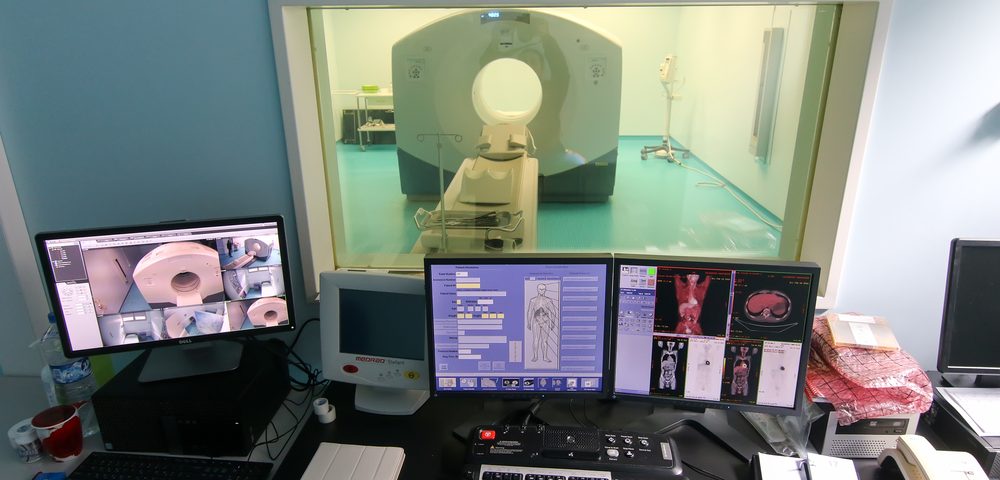An imaging agent called 18F-fluorothymidine (18F-FLT) allows researchers to assess how a patient is recovering after receiving a stem cell transplant earlier than current methods, according to a pilot study.
That means unsuccessful stem cell transplants can be detected earlier, in time to allow rapid mobilization of a new transplant, reducing life-threatening infections and potentially saving lives.
The study, titled “Imaging of subclinical haemopoiesis after stem-cell transplantation in patients with haematological malignancies: a prospective pilot study,” was published in the journal The Lancet Haematology.
For patients with high-risk blood cancers, such as lymphoma and leukemia, stem cell transplant from a healthy donor may be the only option. This involves the eradication of the patient’s own blood stem cells — the cells from which all types of blood cells develop — before receiving new healthy ones.
But successful transplants, deemed as the successful settlement of stem cells in the bone marrow and subsequent proliferation, takes time. In the meantime, patients are in a fragile state, without an immune system.
That makes it crucial to detect unsuccessful transplantations as soon as possible, so that patients can rapidly receive a second transplantation, avoiding possible life-threatening infections.
Currently, blood samples are taken daily after transplants to search for white blood cells, a sign of stem cell development, but they are usually detected two to four weeks after transplantation. Researchers are trying to find other non-invasive methods to monitor the success of the transplantation at earlier stages.
The investigational imaging agent 18F-FLT has shown promising data as a precise marker of blood stem cell proliferation. It is a radio-labeled molecule that enters cells when they are dividing and becomes temporarily trapped inside them due to an enzyme that is highly active in proliferating cells, such as stem cells, lymphocytes — a type of white blood cell — and cancer cells.
That means accumulation of 18F-FLT is considered an indirect marker of active cell proliferation. As a radioactive agent, it can be visualized through common clinical imaging techniques, such as positron emission tomography (PET) and computed tomography (CT) scans after being injected in patients.
Opening the black box
Researchers investigated whether 18F-FLT could be used to visualize transplanted stem cells efficiently and in a safe way, and to identify successful transplants earlier than current methods. The pilot study, which included 23 adult patients diagnosed with various forms of high-risk leukemia, was part of a broader clinical study (NCT01338987).
Participants received stem cell transplants from relatives or donors they did not know. Imaging with simultaneous 18F-FLT PET and CT was performed one day before and at five or nine days, 28 days, and one year after the transplant.
This method was found to be safe, and to detect evidence of successful transplants after only five days – which is up to 20 days before clinical detection in blood samples. Increasing accumulation of 18F-FLT was associated with bone-marrow recovery, and stronger 18F-FLT signals were linked to faster recoveries.
In addition, the distribution of 18F-FLT in the patients’ body over time revealed that the new transplanted stem cells took the same route during their settlement and development as the first formed blood stem cells in human fetuses.
“What happens with HSCs [hematopoietic stem cells] always has been a mystery,” Kirsten Williams, MD, the study’s co-leading author said in a press release. “Now we can start to open that black box.”
Researchers believe that simultaneous 18F-FLT PET and CT has the potential to be a biomarker of hematopoietic [bone marrow and blood] recovery, helping doctors monitor treatment responses and make treatment decisions. This method could also reduce the need for painful bone marrow biopsies to confirm the success of stem cell transplants. Another advantage is that it can be used and performed at most major centers with PET/CT technology.
The team noted that because this was a small pilot study, larger studies are required to confirm these results.


